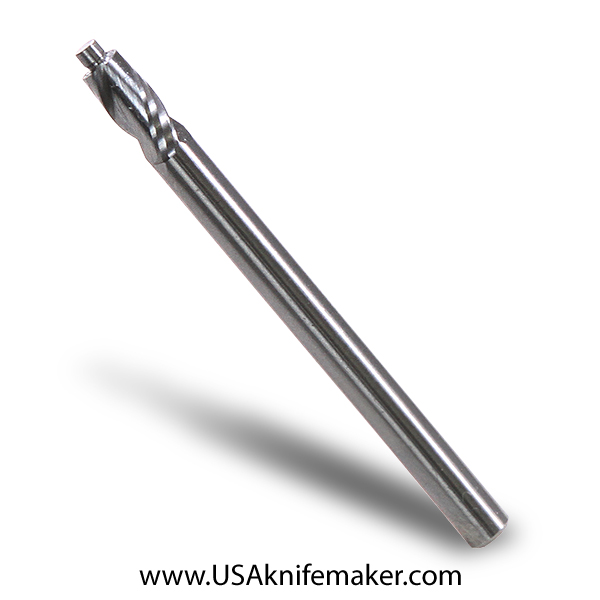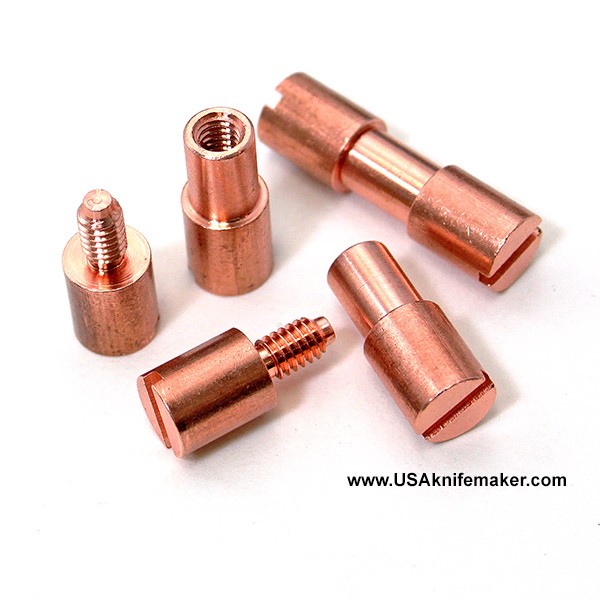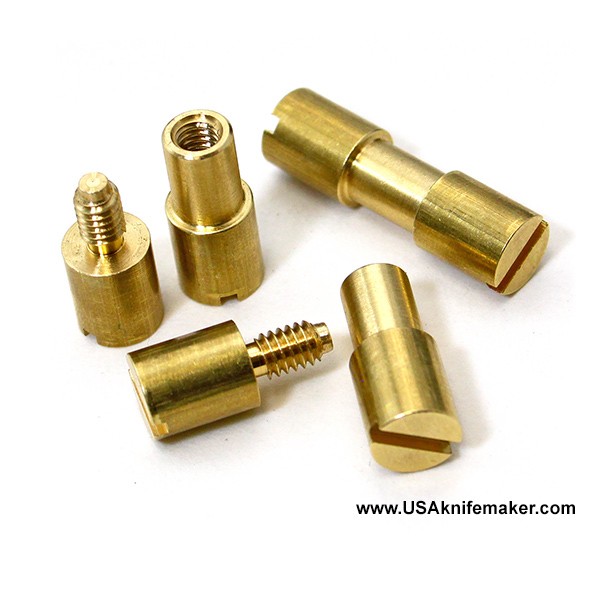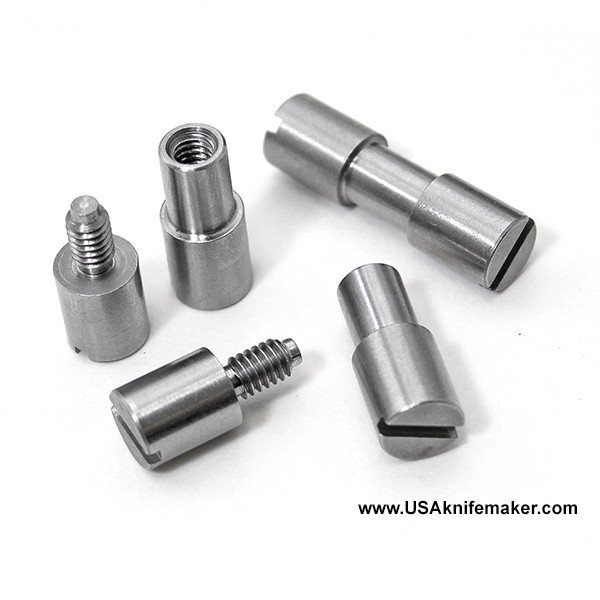Carbide Counterbore for 2-56 Button Head Screws .086" pilot .166" Cutter

Carbide Counterbore for #2-56 through holes
Major Diameter (shoulder): .166" +/- .0005"
Minor Diameter (pilot): .086” +/- .0005
Material: Carbide
Type: One piece - non-removable pilot
NOTE: The pilot on this counterbore is sized for a #2 through hole, not a tapping size hole which is .010"-.015" smaller.
We had these carbide counterbores custom fabricated for us to our diameters and tolerances for countersinking 2-56 Button Head screws. A "traditional" #2 counterbore has a cutter sized for socket cap screw - which have a much smaller standard head size than a socket button head cap screw. Most Button Head screw cap diameters range from .157" to .164" to be within ANSI standards.
There are plenty of one piece counterbores out there for socket cap screws, we couldn't find any for a 2-56 Button Head cap screw so we had some made.
The pilot shaft is .086" diameter. A through for a #2 screw is .088"
The cutting diameter is .166". The ANSI standard for button head screws is max diameter of .164"
OAL is 2.170"
Length of pilot shaft is approx .080"
The cutting diameter is slightly oversize to compensate for the material being relieved to shrink back.
When drilling G10 or Micarta™ (or other fabric phenolic) the material shrinks back slightly. In other words if you drill a .125” diameter hole in canvas micarta, it is going to finish around .123” in actual diameter. We had these counterbores sized to take into account the hole shrinking in size.
These are carbide so they should last a very long time if you are drilling wood, g10 or phenolic. They will also relieve metal like stainless or titanium but expect them to wear faster. Like all drills, consider these a consumable. Eventually, they will wear enough they have to be replaced. Since they are carbide, they will snap if subjected to side loads where a regular drill bit could handle it. Secure your work piece and keep your drilling straight up and down. If you snap one of these, you own both pieces.
To use these:
Locate and drill the minor diameter (pilot) holes in your handle material. Insert the counterbore and align the holes and secure your work piece or hold on tight so you don’t bend and break the carbide counterbore. Drill just deep enough for the major diameter to hold the scale in place after your grind the excess corby bolt head away. I eyeball this but you can also set up a gauge and countersink to your exact depth. If you are doing several, use the drill stop on your drill press (finally a use for that!) to set the depth of the counterbore and drill all of them at once. The drill stops occasionally move so check your work frequently in case it slips and goes too deep.
NOTE: We have several sizes of counterbores pictured for clarity of illustration. You are ordering one counterbore of the size shown above.



